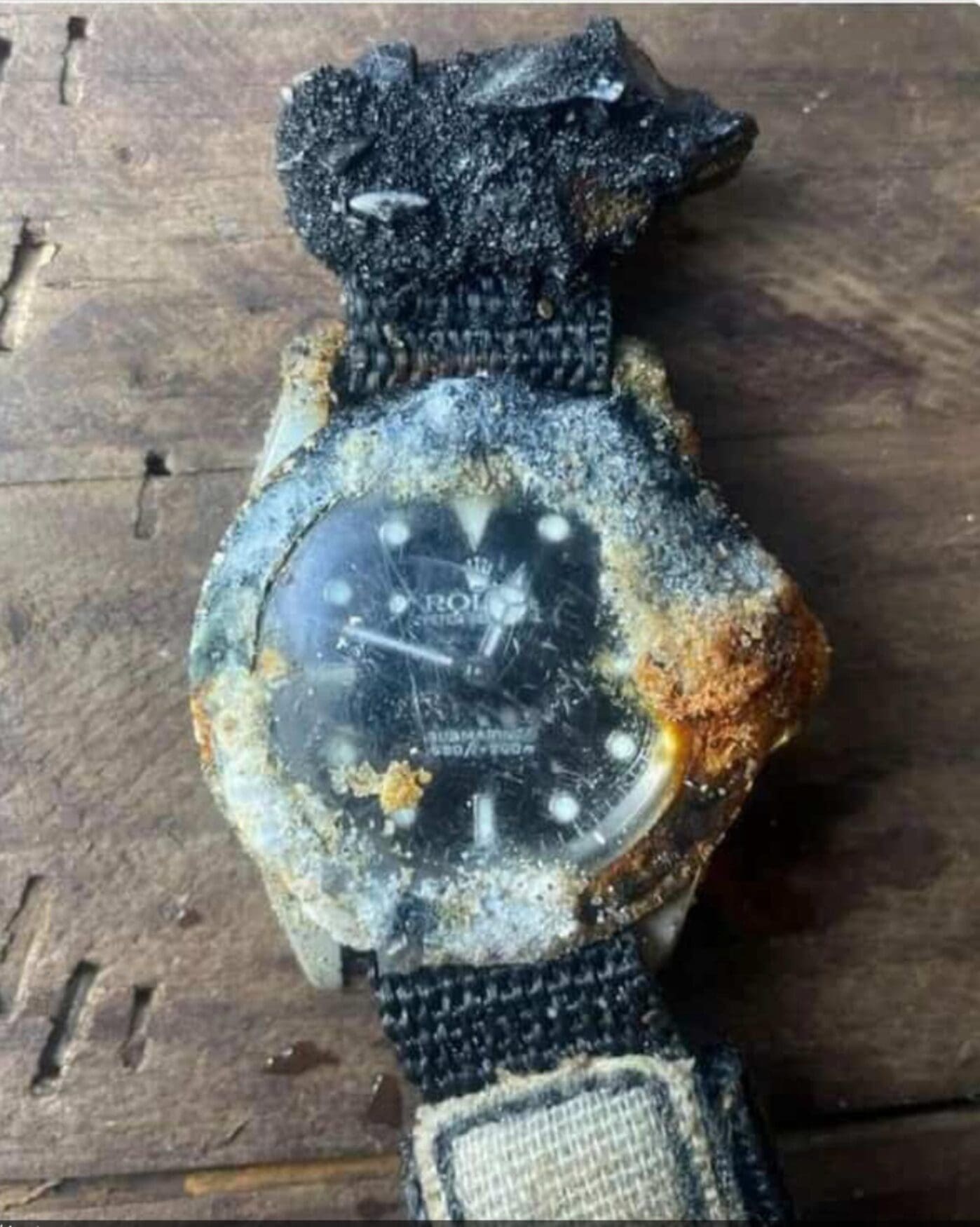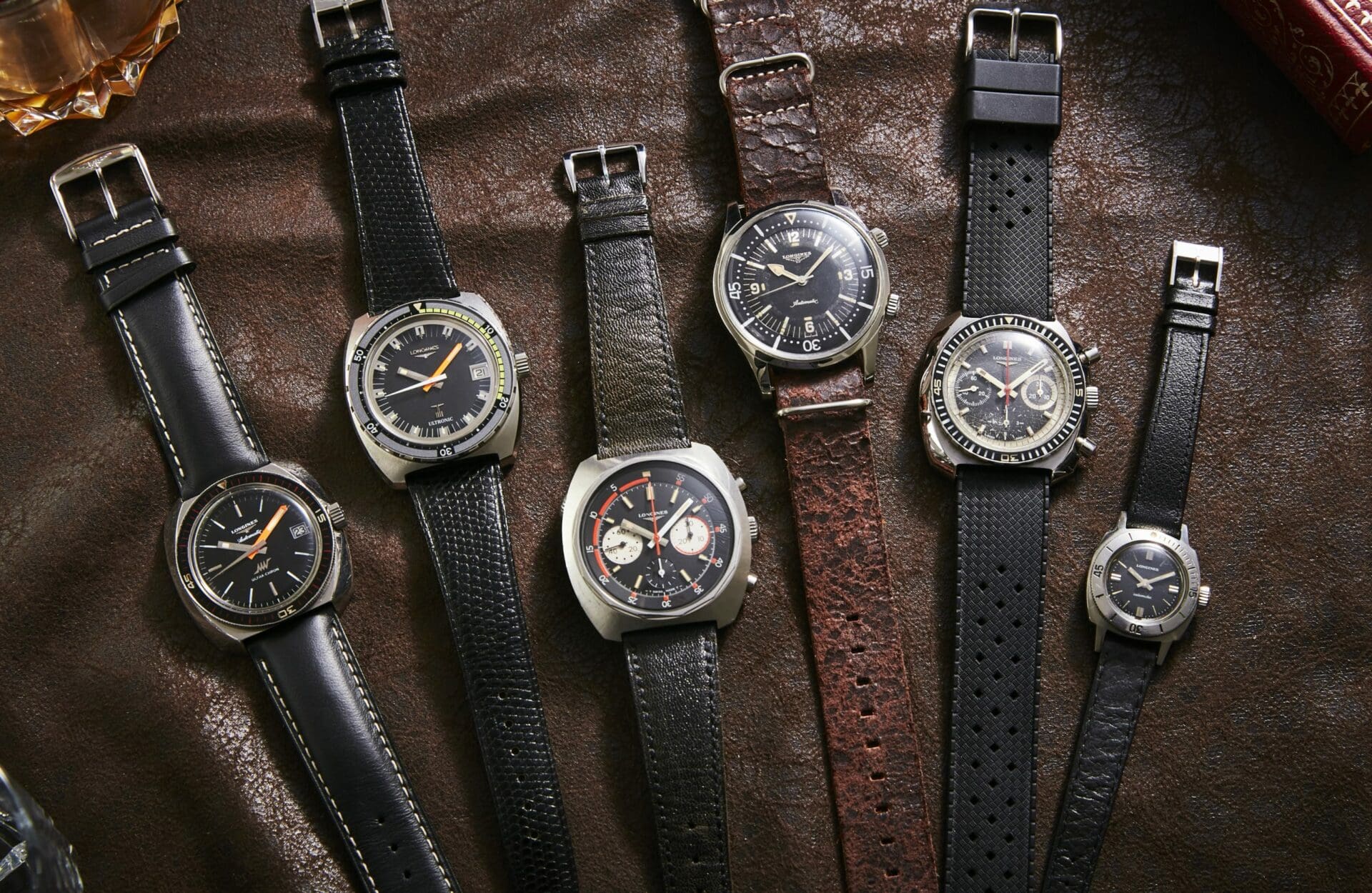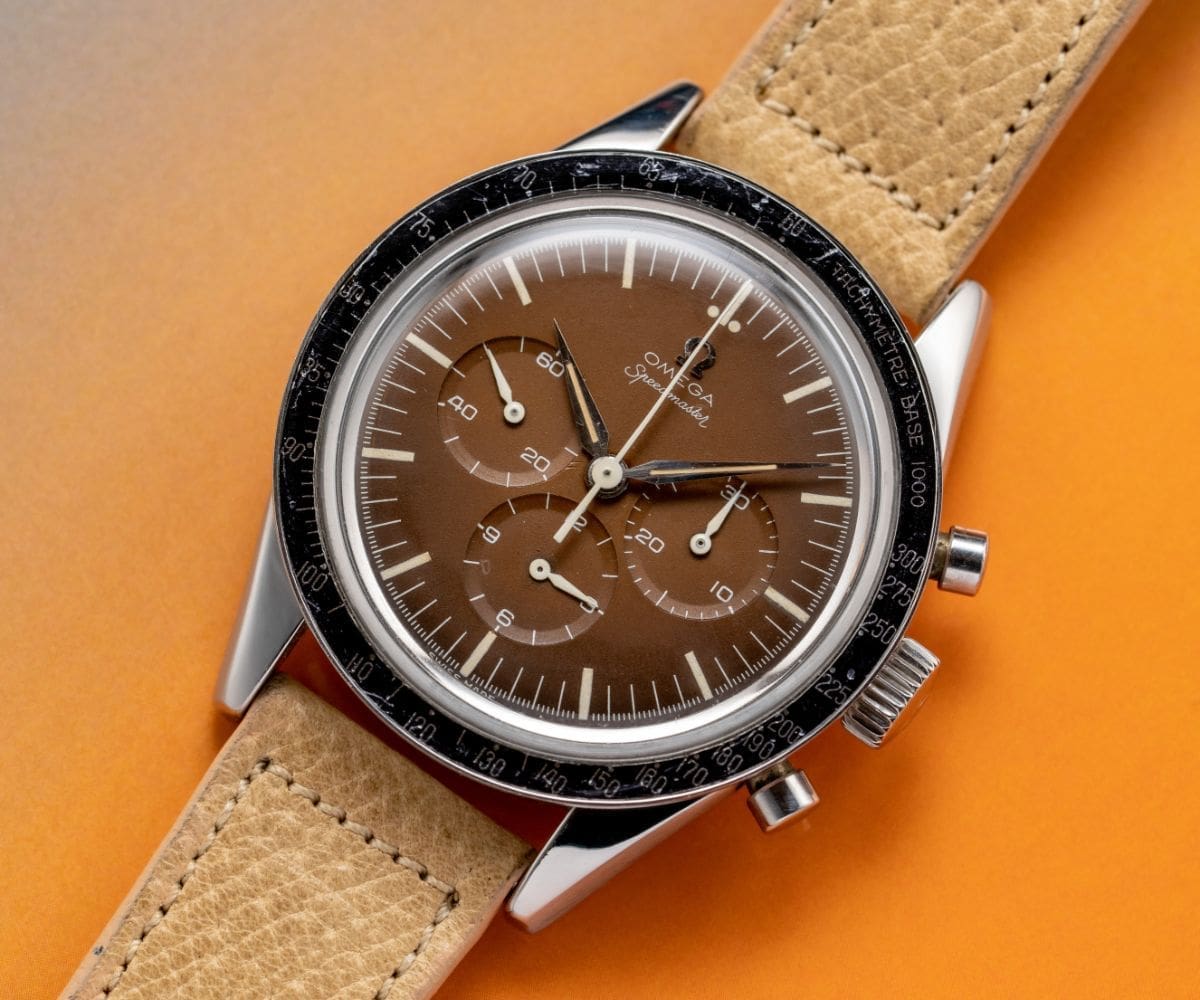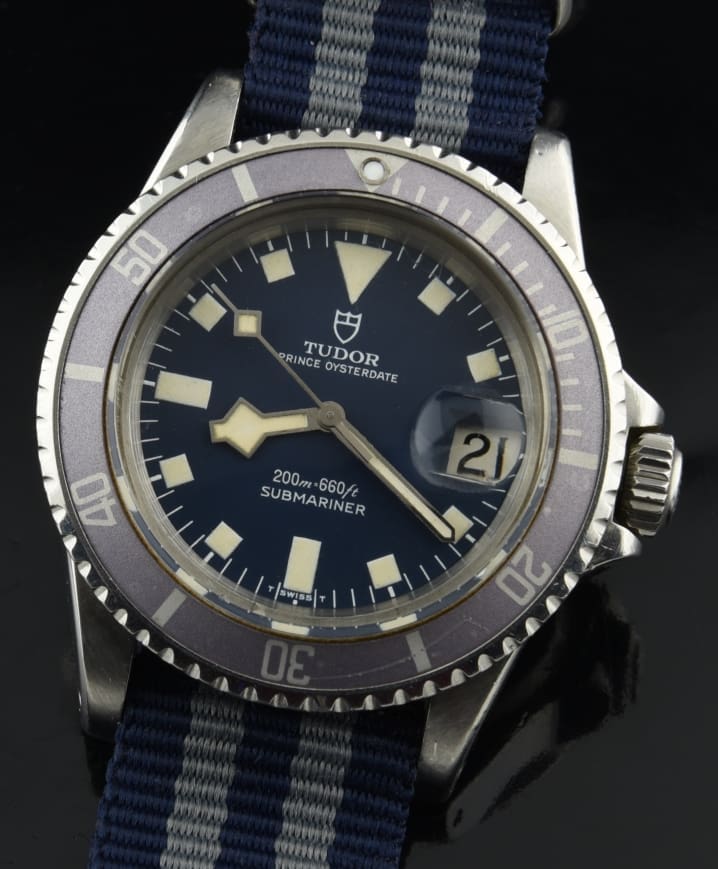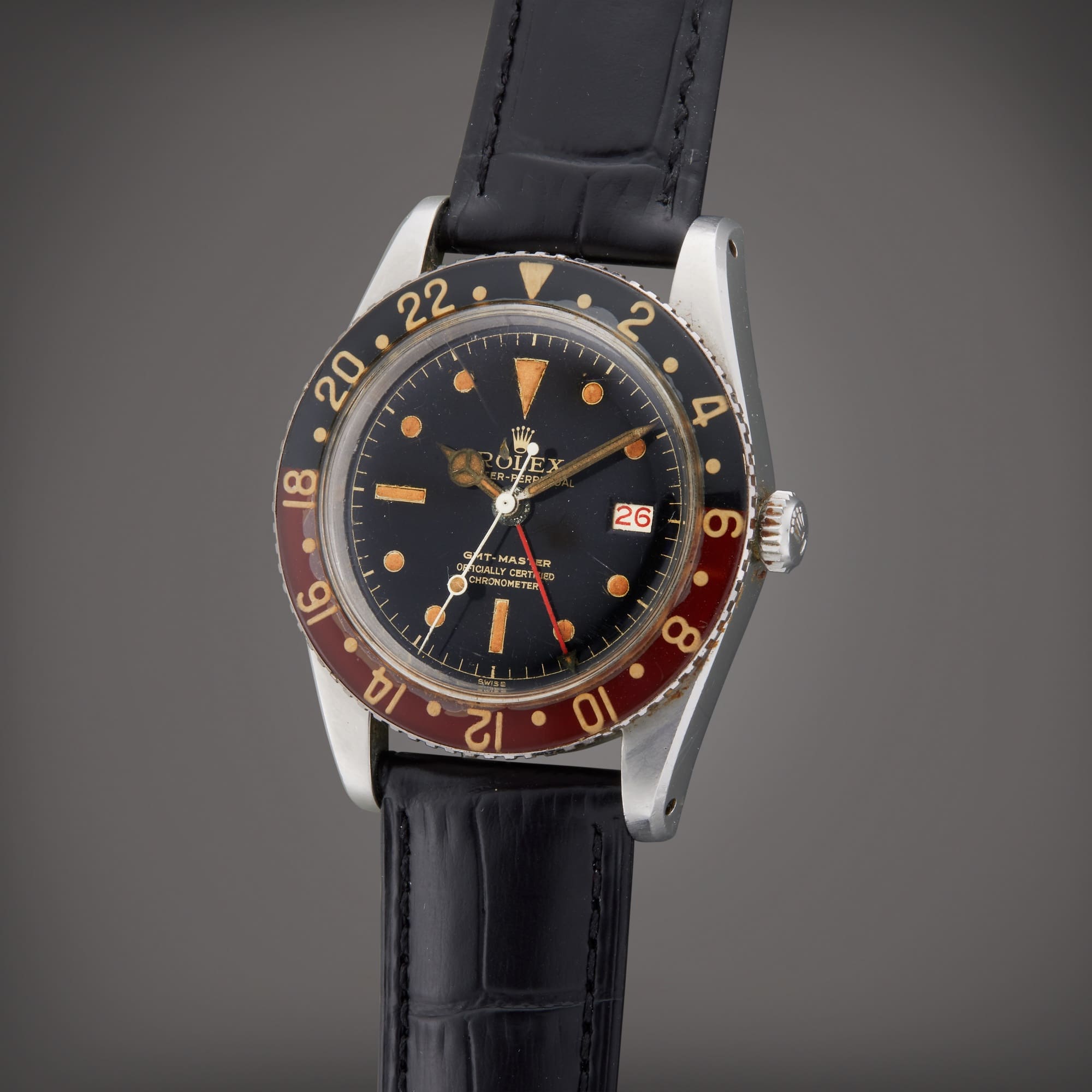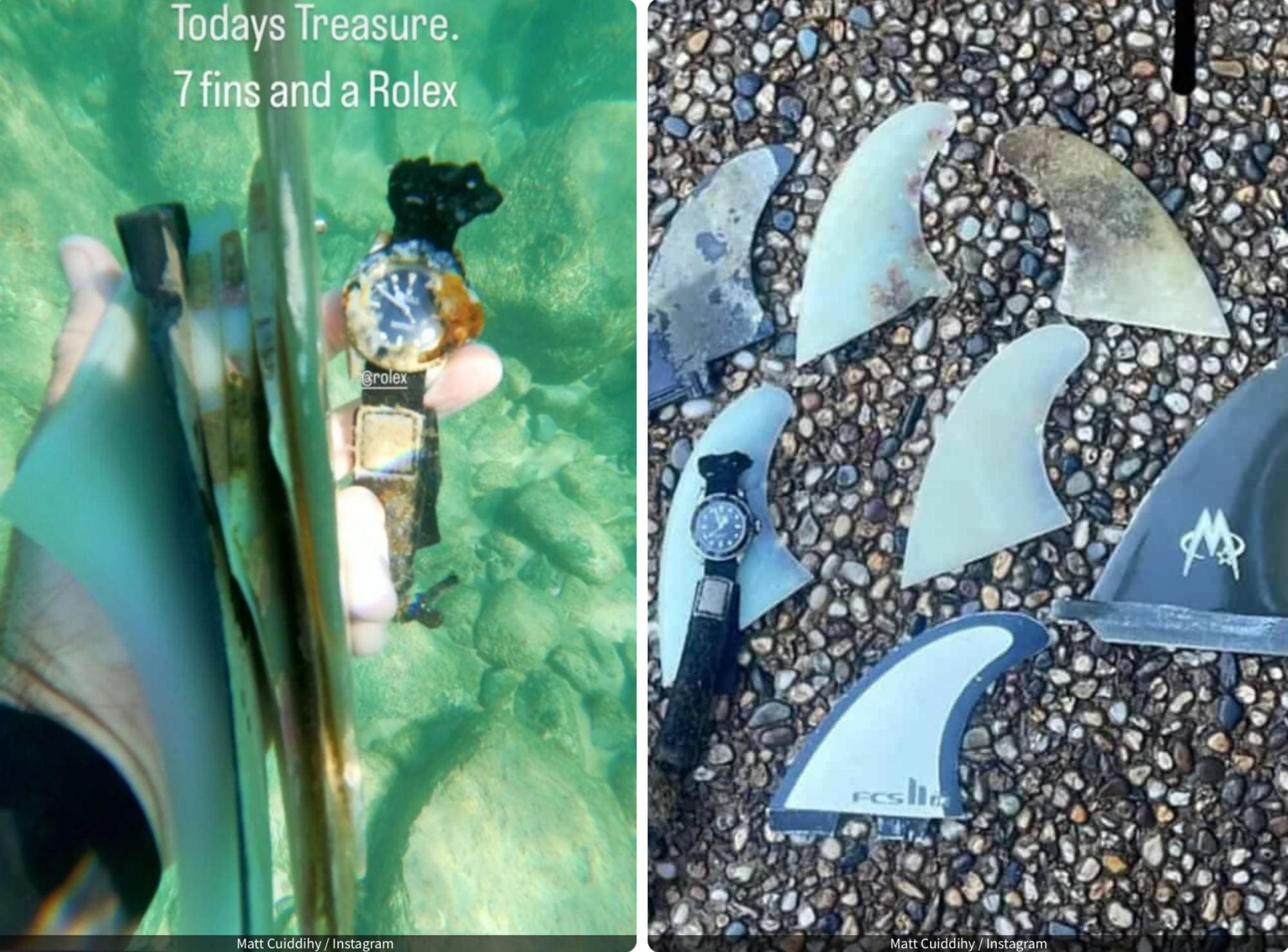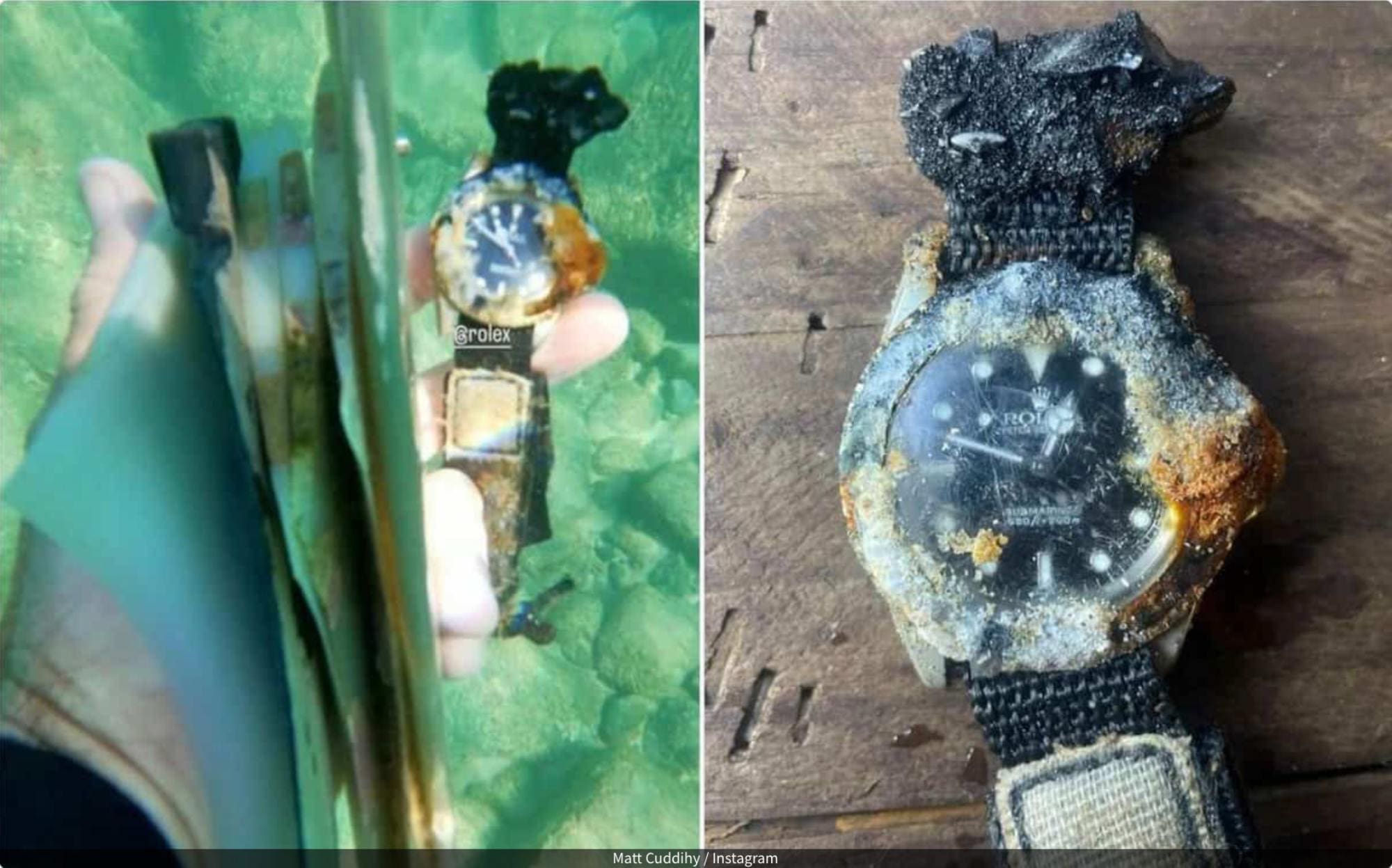When “tropical” and “ghost bezel” don’t cut it. Describe the condition of this Rolex salvaged from the bottom of the ocean
Luke BenedictusFor people selling watches, “vintage” is the polite word for “old”. It’s easy to understand why this has become such a necessary euphemism when it comes to flogging a timepiece for an often substantial fee. In modern culture, after all, “old” carries rather unhelpful connotations from a marketing perspective. The phrase “old age”, for example, can trigger images of Zimmer frames, false teeth, night pads and doddery knees. None of which are particularly sexy. Unless you’re a gerontophile, of course.
“Vintage”, on the other hand, somehow manages to maintain an alluring zing. It implies hard-won character, heritage and throwback charm. It offers a reassuring whiff of nostalgia and a connection to the past. Ultimately, though it’s still another word for old. And the problem with old things is that they inevitably become a bit decrepit and unreliable, much like an octogenarian’s hearing.
This age-related lack of dependability is problematic when it comes to watches, because they’re instruments whose main purpose is to accurately tell the time. Regrettably, old watches often do not run like their proverbial clockwork. Their geriatric innards need regular cosseting, servicing and plenty of TLC. All of which can prove tiresome and expensive.
To distract potential buyers from this inconvenient truth, watch sellers have developed an entire language of verbal chicanery that rebrands cosmetic flaws as hallmarks of authenticity. A watch dial faded by sun damage from black to brown is knowingly described as “tropical”. Old diving watches are hailed if they have “ghost” bezels (translation: heavily discoloured). Dial patina makes a watch more “collectable”, despite being a sign of decay. “Pumpkin lume” may have a certain aesthetic appeal, but usually means that it fails to deliver on its actual function – ie offering legibility in the dark.
I’m not here to quibble with any of this. Personally, I wear vintage watches most of the time. That’s why I’m horribly aware that I’ve been hoodwinked just like many others and have the repair bills to prove it. But I mention all this because I was wondering how even the most silver-tongued watch seller would try and sell the recent discovery of Australian surfer Matt Cuddihy
“I was just snorkelling around the same areas I normally go to in Noosa [in Queensland, Australia] when I noticed a Rolex Submariner with its band caught under a rock,” Matt said of his underwater find (below).
The watch, that looks to be a no-date Submariner apparently still worked in some capacity (kudos to Rolex there). “It technically stills tell the time,” Matt explained. “But not in my time zone.” Understandably, however, the watch was in a diabolical condition and the crown was all jammed up. The dial was fogged with condensation while the bezel was barnacled with sea-scum and mould. Worryingly, Matt also reported the Rolex smelled “terrible”.
In the unlikely event that someone did try and sell this watch in that condition then clearly “pre-loved” and “well-worn” wouldn’t cut the mustard here. So what euphemistic descriptors could we apply instead?
For starters, it’s probably unwise to say the watch smells “terrible”. Perhaps “aromatic” could be a more tactful option? Similarly, “ghost bezel” isn’t quite accurate, but “zombie bezel” plays in a similar linguistic ballpark, while conveying the visual look of rotten flesh. “Mushroomed” could perhaps be a gentler way of expressing the general air of organic decay. “Gnawed by a walrus” is probably a little too honest. Or you could lean into a more nautical direction and describe the watch as a “shipwreck” or “buried treasure”.
Whatever the language, if someone from Rolex could manage to restore this watch to half-decent condition, it would certainly be one hell of a PR story that would testify to the durability of their watches. As they say, old watches never die, they just get sold on Chrono24.





